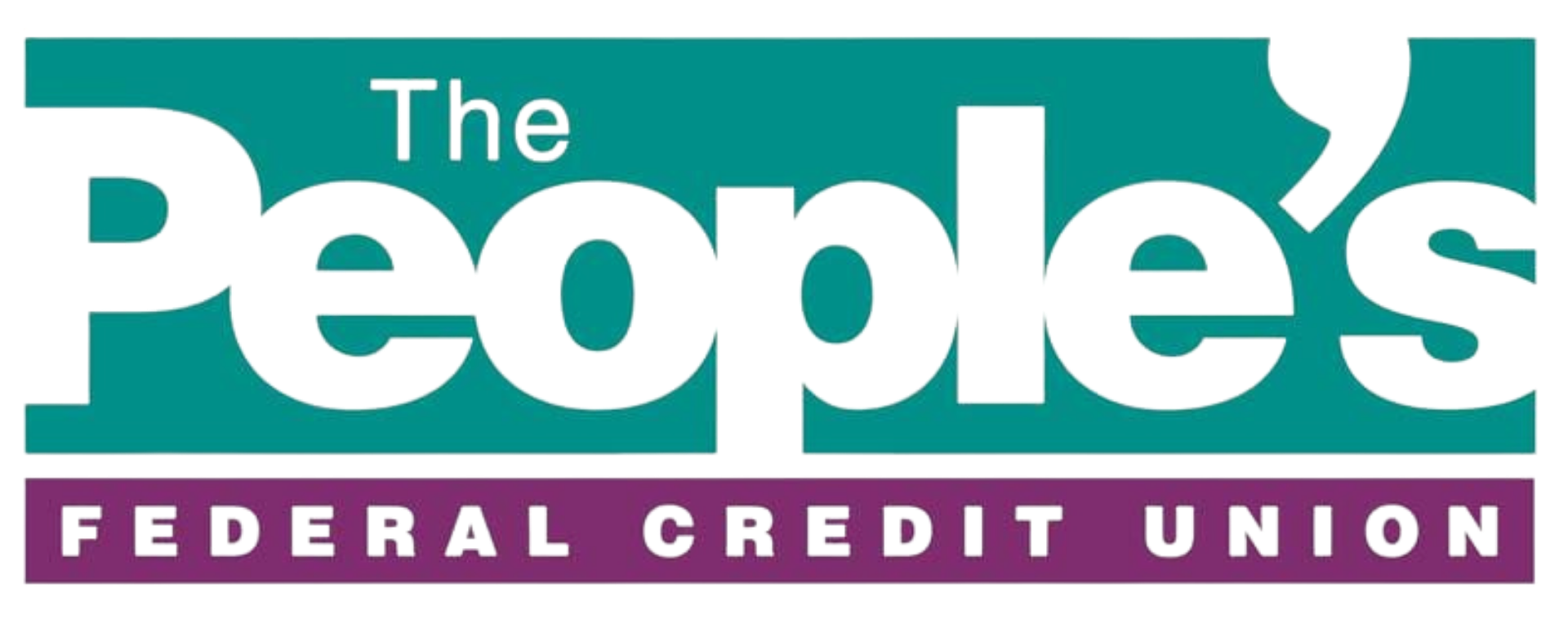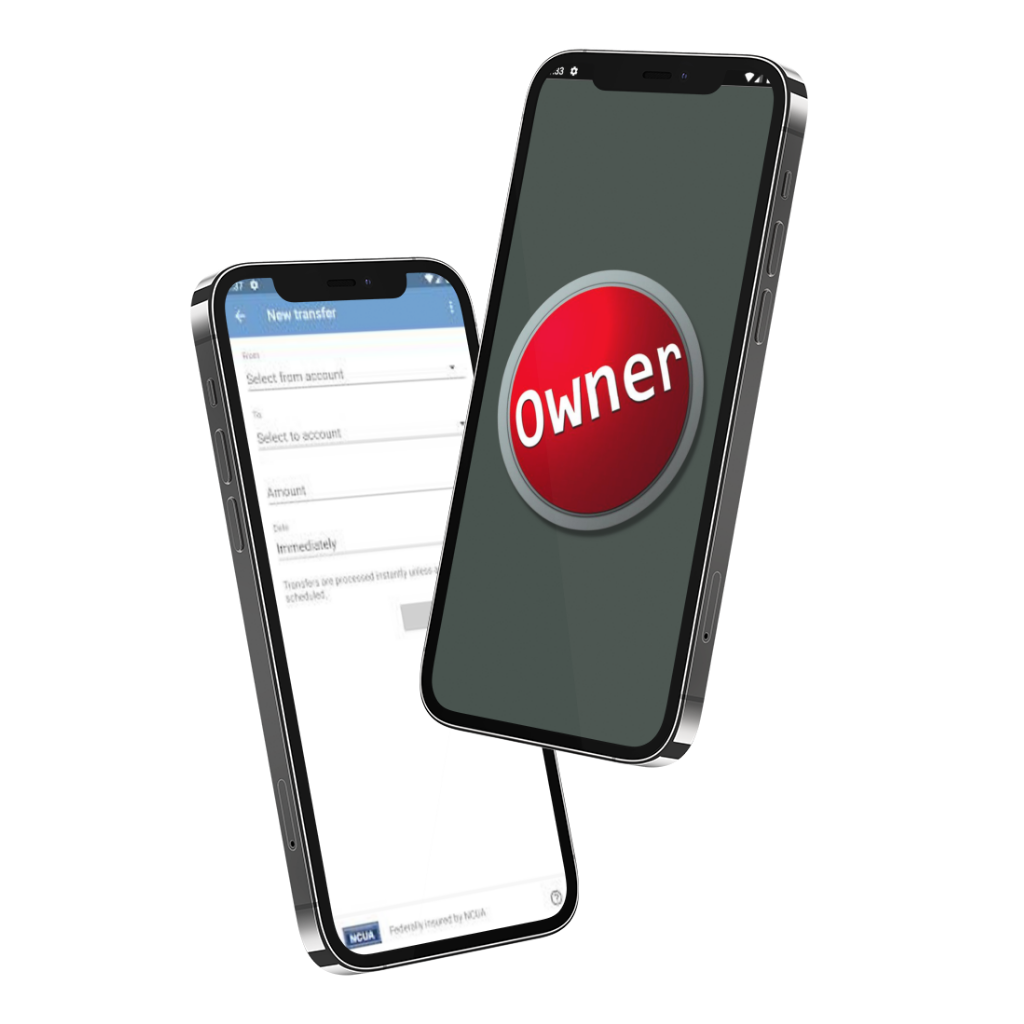When you are a seasonal worker, making sure you have enough money set aside in a savings account for the off-season is important. Unlike yearly workers, your savings goals have to take into account the months when you are not going to be able to save. To ensure you have enough money set aside, you will want to create a seasonal income budget by doing the following:
- Calculate your annual take-home income. You can do this by adding up all your income for the period when you are working. You only want to include the money you have left after taxes and deductions.
- Divide your total annual take-home income by 12. You need to determine an average monthly income so you have an idea of how much you “earn” each month.
- Calculate your monthly expenses. Add up all the monthly expenses and bills you need to pay every single month. Do not forget to include car insurance, health insurance, loans, utilities, groceries, gas money, and property taxes.
- TIP: If you pay certain bills annually, bi-annually, quarterly, or every other month, take the total yearly amount and divide it by 12 to get the average monthly amount.
- Subtract your average monthly income from your monthly expenses. This will give you an idea of how much you have left or are short. If you are short or barely broke even, you will need to fine-tune your budget.
- Determine how much money you need to set aside. You will want to set aside money from your seasonal income by determining how many months’ worth you will need to put into a savings holding account. This money should not be used until the off-season.
Let’s take a look at an example, to give you a better idea. For instance, your take-home pay is $5,000 a month for nine months out of the year. Your total annual take-home income is $45,000. This means you have $3,750 a month to pay your monthly bills. Let’s assume, for this example, your monthly expenses amount to $3,000.
You are going to have to set aside $11,250 for the three months during the off-season. If you subtract $5000 from $3000, you’ll have $2,000 a month left over. You should put $1,250 a month—$1,250 x 9 months = $11,250—into your seasonal savings account. Out of the remaining $750, you should save a portion of this by putting it into a separate savings account for emergencies.

Rather than just setting aside $9,000 for your monthly expenses, it is better to set aside the full $3,750. That way, you will have extra money left over to save for emergencies or for a bill that is higher than anticipated—like an unusually high electric bill.
Fine-Tuning Your Budget
To fine-tune your budget, if you were short or just broke even, consider monthly expenses you could cut or reduce—like dropping cable TV or dropping to a lower smartphone plan. You may also want to consider getting a part-time job during the off-season to make up the difference you are short.
To open savings accounts for your off-season income and emergencies, please feel free to stop by your nearest The People’s Federal Credit Union branch location or contact us at 806-359-8571 today!








